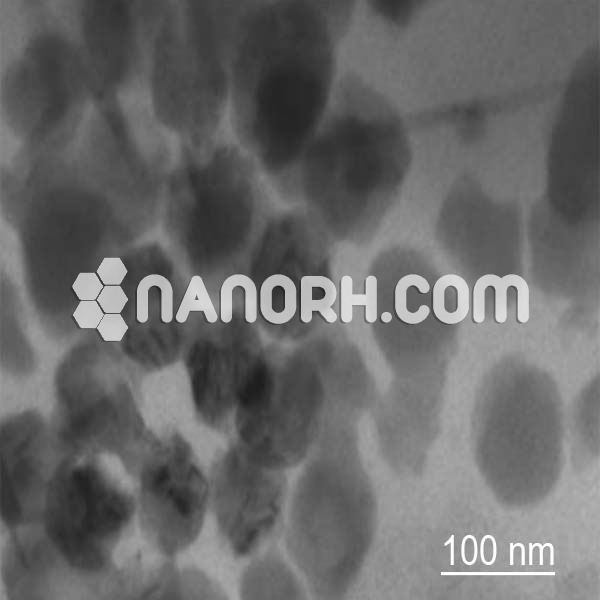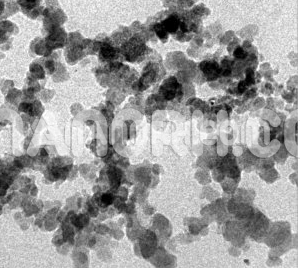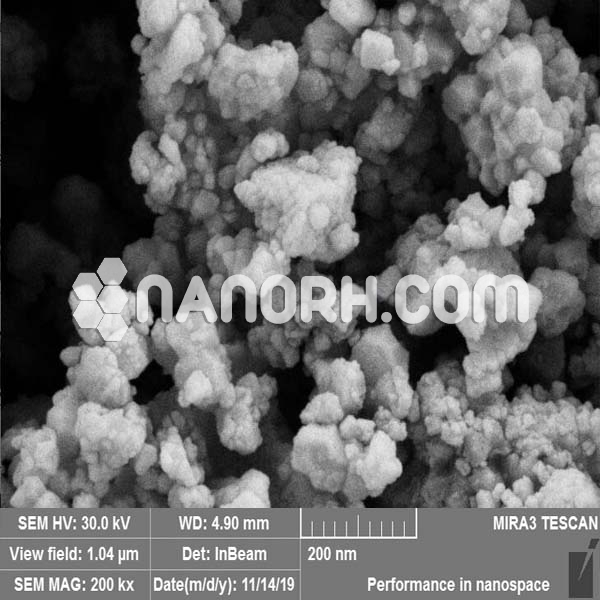Selenium Nanoparticles
Selenium Nanoparticles as a nutritional supplement
Se NPs demonstrate anticancer and antimicrobial properties that may contribute to human health, not only as dietary supplements but also as therapeutic agents.
Selenium is an essential trace element in the diet.
| Selenium Nanoparticles | |
| Product No | NRE-1037 |
| CAS No. | 7782-49-2 |
| Formula | Se |
| APS | <100nm (Can be Customized) |
| Purity | 99.9% |
| Color | Gray |
| Molecular Weight | 78.96 g/mol |
| Density | 4.81 g/cm3 |
| Melting Point | 221 °C |
| Boiling Point | 685 °C |
Selenium Nanoparticles
Selenium nanoparticles have gained attention in various fields due to their unique properties and potential applications. Selenium nanoparticles (SeNPs) are typically nanoparticles composed of elemental selenium (Se) or selenium compounds. Here are some notable applications of selenium nanoparticles:
Antioxidant and Anti-inflammatory Agents:
Selenium nanoparticles possess strong antioxidant properties, which make them useful in combating oxidative stress and reducing inflammation in the body.
Cancer Therapy:
SeNPs have shown promise as potential agents for cancer therapy. They can selectively target cancer cells and induce apoptosis (cell death) in these cells while sparing healthy cells. They can also be used in combination with other anticancer drugs to enhance their effectiveness.
Antimicrobial Agents:
Selenium nanoparticles exhibit antibacterial, antiviral, and antifungal properties. They can be used in medical devices, wound dressings, and coatings to prevent infections.
Neuroprotection:
SeNPs have been studied for their potential to protect neurons from damage caused by neurodegenerative diseases and brain injuries.
Dietary Supplements:
Selenium is an essential micronutrient for humans and animals. Selenium nanoparticles can be used in dietary supplements to provide a highly bioavailable form of selenium, which is important for various biological functions, including antioxidant defense and thyroid hormone metabolism.
Cosmetics and Skincare:
Selenium nanopowder is used in cosmetic and skincare products due to its antioxidant properties, which can help protect the skin from UV radiation and environmental pollutants.
Drug Delivery:
SeNPs can be used as drug carriers in targeted drug delivery systems. They can encapsulate drugs and release them in a controlled manner, improving drug efficacy and reducing side effects.
Water Purification:
Selenium nanopowder can be employed in water treatment processes to remove heavy metals and other contaminants. They have the ability to adsorb and precipitate various pollutants from water.
Solar Cells:
Selenium nanopowder is used in the fabrication of thin-film solar cells. They are incorporated into photovoltaic devices to enhance their efficiency in converting sunlight into electricity.
Food Preservation:
Selenium nanopowder can be used as a natural food preservative due to its antimicrobial properties. They can extend the shelf life of food products.
Environmental Remediation:
SeNPs have applications in environmental remediation, particularly in the removal of heavy metals and other pollutants from soil and water.




